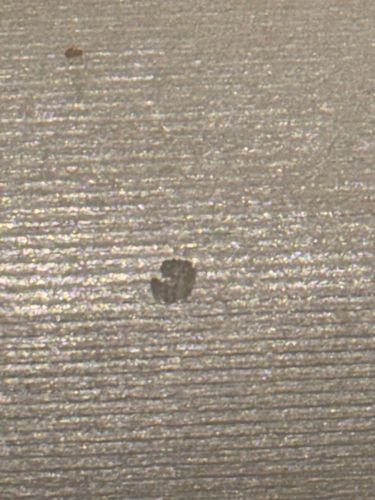Spider Mite (Tetranychus urticae)
Scientific Name: Tetranychus urticae
Order & Family: Order: Trombidiformes, Family: Tetranychidae
Size: Approximately 0.4 to 0.6 millimeters (0.016 to 0.024 inches) in length.

Natural Habitat
Spider mites are found globally and are common pests in agricultural settings, greenhouses, and home gardens. They thrive in warm, dry environments and are less prevalent in cooler, humid conditions. They are most commonly found on the undersides of plant leaves.
Diet & Feeding
Spider mites feed by piercing plant cells with their mouthparts and sucking out the contents. This causes stippling (small dots) on leaves, and if infestations are severe, can lead to yellowing, bronzing, and defoliation of plants. They feed on a wide variety of plants, including ornamentals, fruits, vegetables, and field crops.
Behavior Patterns
Spider mites are very small arachnids that are difficult to see with the naked eye. They live in colonies, usually on the undersides of leaves, and spin fine silk webs to protect themselves and their eggs. They reproduce rapidly, especially in hot, dry conditions, leading to quick infestations. Their presence is often first noticed by the damage they cause to plants, or the fine webbing.
Risks & Benefits
Spider mites are considered significant agricultural and horticultural pests due to the extensive damage they inflict on plants, leading to reduced yields and crop loss. They pose no direct risk or benefit to humans or animals, but their infestations can be very costly for growers and gardeners. Natural predators, like predatory mites and ladybugs, are often used for biological control.
Identified on: 8/29/2025